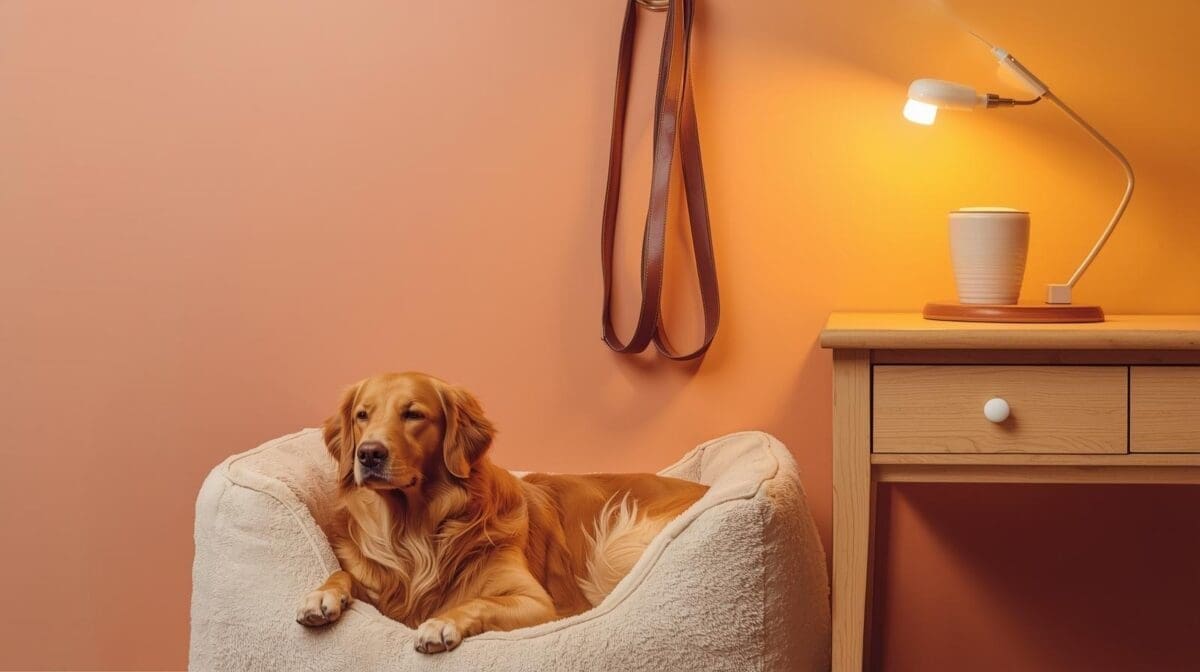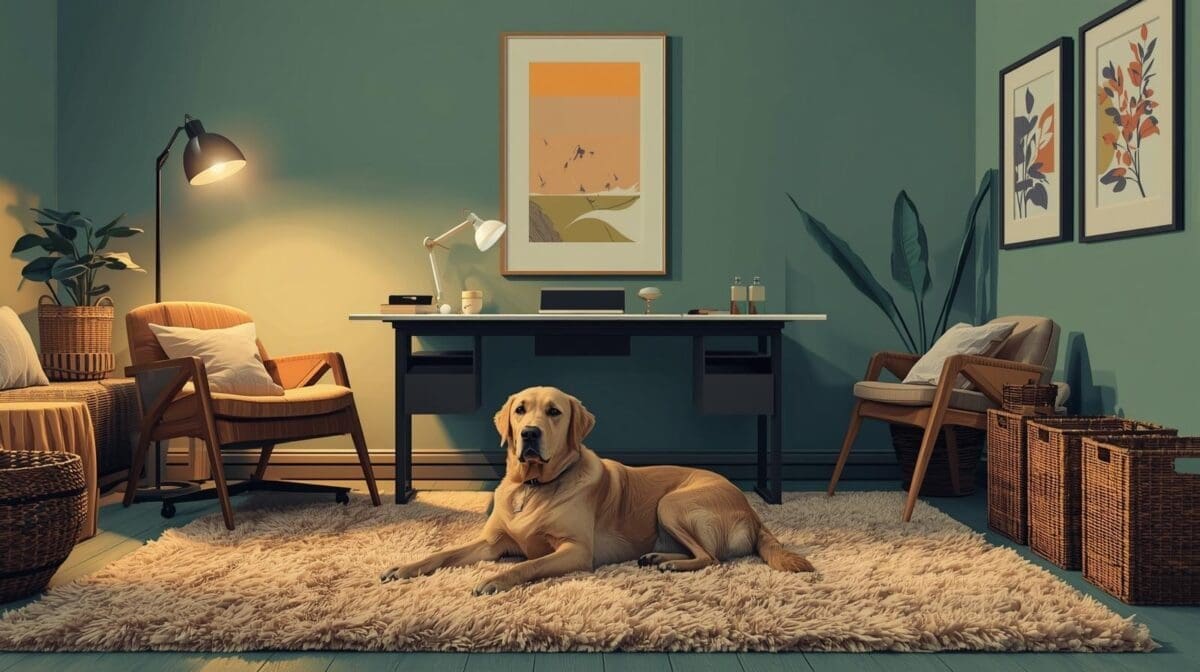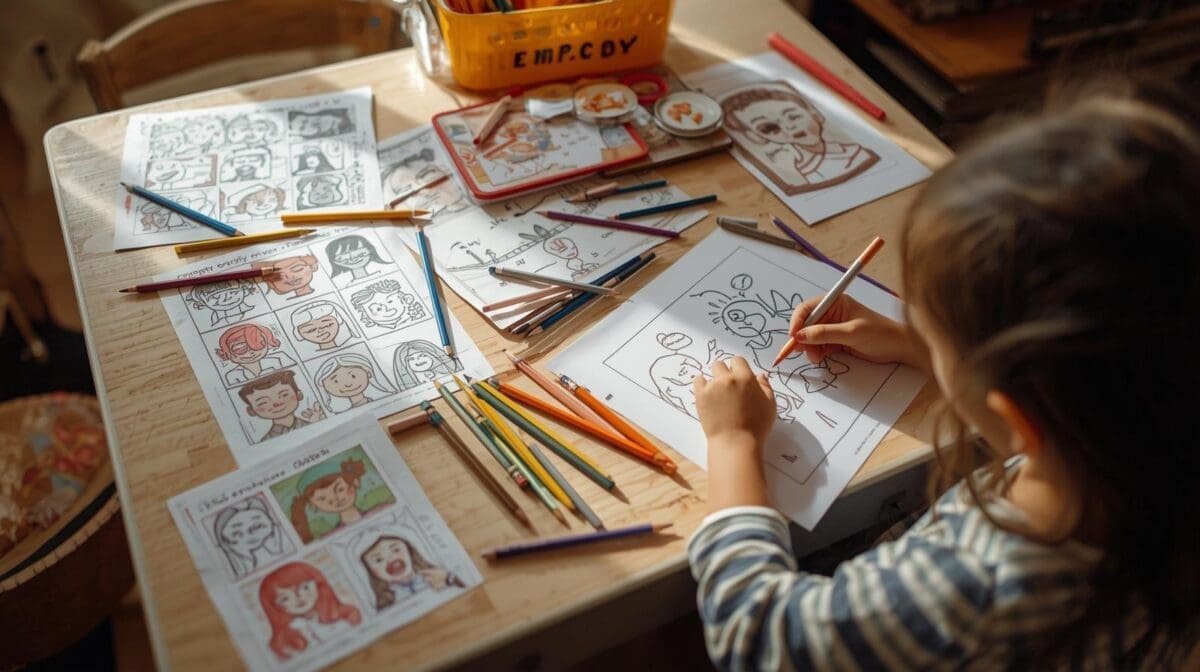Therapy Dog Essentials & Gear for Counselors: Practical, Calming, and Office-Friendly
Working alongside a therapy dog is one of the most rewarding parts of counseling — but it comes with special responsibilities. From maintaining professionalism to ensuring your canine partner feels safe and calm, the right gear can make all the difference. This guide shares therapy dog essentials that are both practical and aesthetically suited for […]
Therapy Dog Essentials & Gear for Counselors: Practical, Calming, and Office-Friendly Read More »










